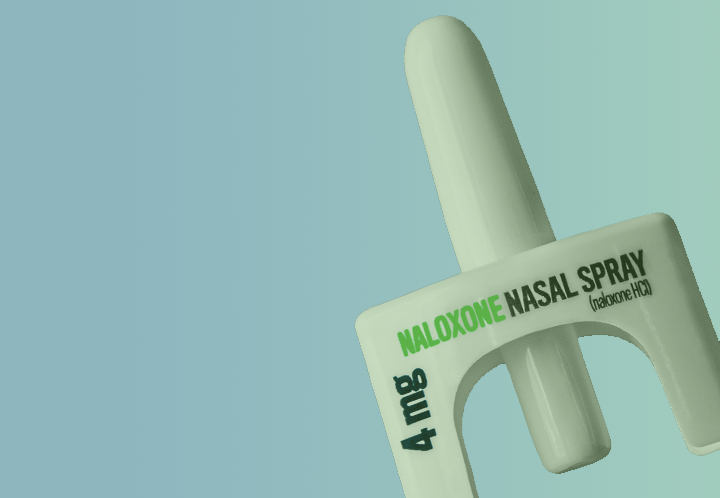Motor Vehicle Safety
Driving helps older adults stay mobile and independent, but the risk of being injured or killed in a traffic crash increases as we age. Declines in vision and cognitive function (ability to reason and remember), as well as physical changes, might affect our driving abilities.
You can take action to stay safer on the road and stay independent longer.
Buckle up every time!
Always wear a seat belt as a driver or a passenger. If you are in a crash, wearing a seat belt is one of the most effective ways to reduce your chance of getting injured.
CarFit is an educational program to improve driver safety developed by AAA, AARP, and the American Occupational Therapy Association that offers older adults the opportunity to check how well their personal vehicles “fit” them. The program provides older adults with a quick 12-point check by a CarFit Technician. Key points during vehicle checks include position to gas pedal and brake, steering wheel tilt, position of airbag and head restraint, and line of sight, including proper mirror adjustments.
The Injury Prevention Service has CarFit Instructors on staff. If you are interested in learning more about the program, becoming a CarFit Technician, or hosting a CarFit event, please contact the Injury Prevention Service by email at injury@health.ok.gov or by phone at (405) 426-8440. To find an event, visit CarFit.
Drive when conditions are safest.
- Drive during daylight and in good weather.
- Poor driving conditions, like rain or snow, and driving at night increase your chance of a crash.
Never drink and drive.
- Alcohol reduces coordination, impairs judgment, and increases the risk of being in a crash.
Plan your drive.
- Before you drive, find the safest route with well-lit streets, intersections with left turn signals, and easy parking.
Watch your distance.
- Leave a large following distance between your car and the car in front of you. You may experience delayed reflexes or slower reaction time as you age.
Don't drive distracted.
- Avoid distractions in your car, such as listening to a loud radio, talking or texting on your phone, and eating.
Get a ride.
- Consider alternatives to driving, such as riding with a friend or family member, taking a ride share service, or using public transportation if possible.
Do you or your loved ones have a plan to stay safe, mobile, and independent as you age? Many people make financial plans for retirement, but don't consider how to plan for potential mobility changes. The mobility planning tool can guide you to take action today to help keep yourself—or your loved ones—safe, mobile, and independent tomorrow.
Speak up.
- Discuss your ability to continue driving with your health care providers.
- Ask your doctor or pharmacist to review the medicines you take. Some medicines might make you dizzy, sleepy, or slow your reaction time. This can increase your risk for a car crash.
- Have your eyes checked at least once a year. Poor vision can increase your risk of a car crash.
Keep moving.
- Follow a regular activity program to increase strength and flexibility.
Plan ahead.
- Download and use CDC's MyMobility Plan to make a plan to stay mobile and independent as you age.
Contact Information
Mailing Address:
Oklahoma State Department of Health
Injury Prevention Service
123 Robert S. Kerr Ave., Suite 1702
Oklahoma City, OK 73102-6406
Physical Address:
Oklahoma State Department of Health
Injury Prevention Service
123 Robert S. Kerr Ave.
Oklahoma City, OK
Telephone: (405) 426-8440
Fax: (405) 900-7588
Email: injury@health.ok.gov








